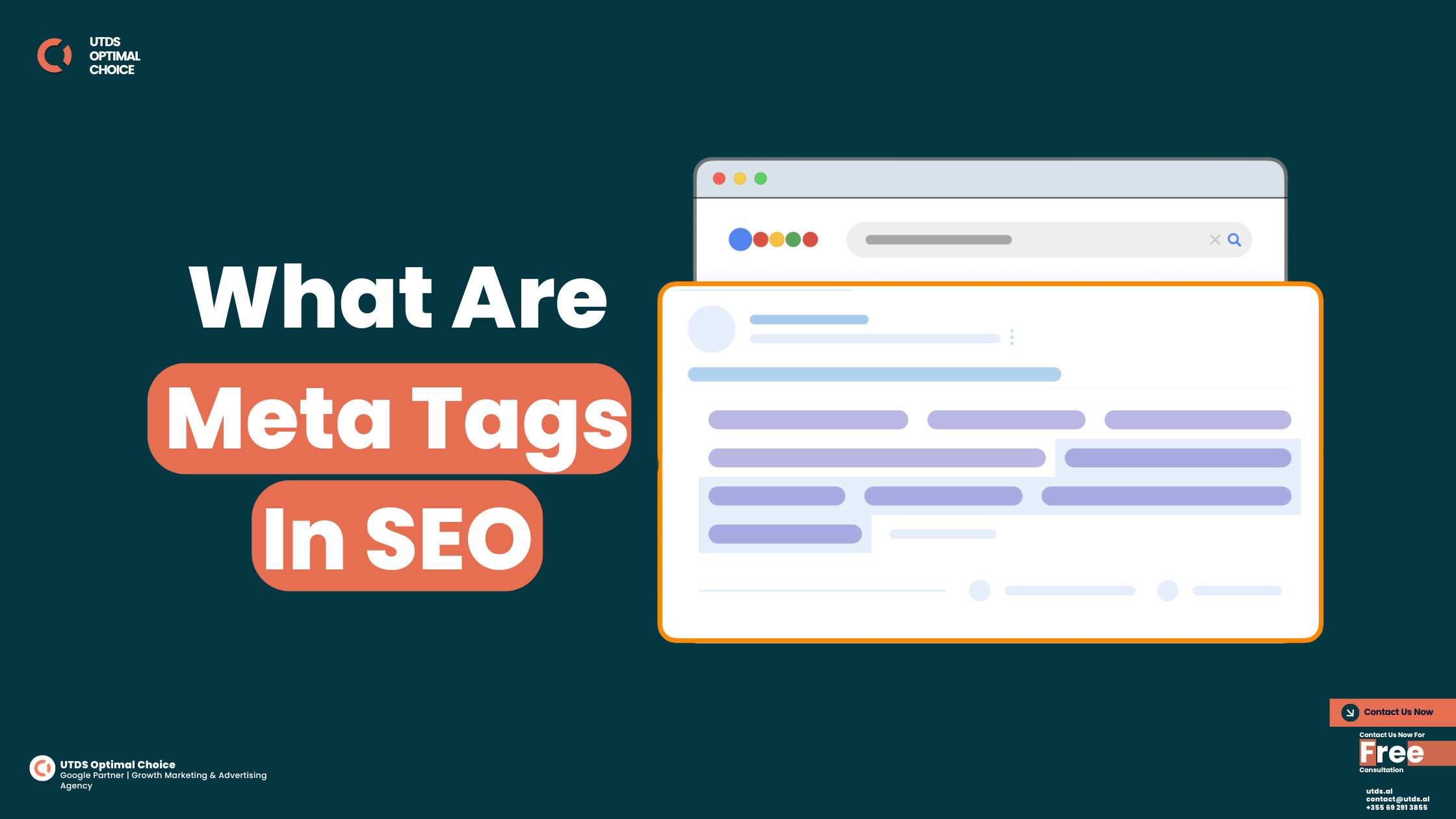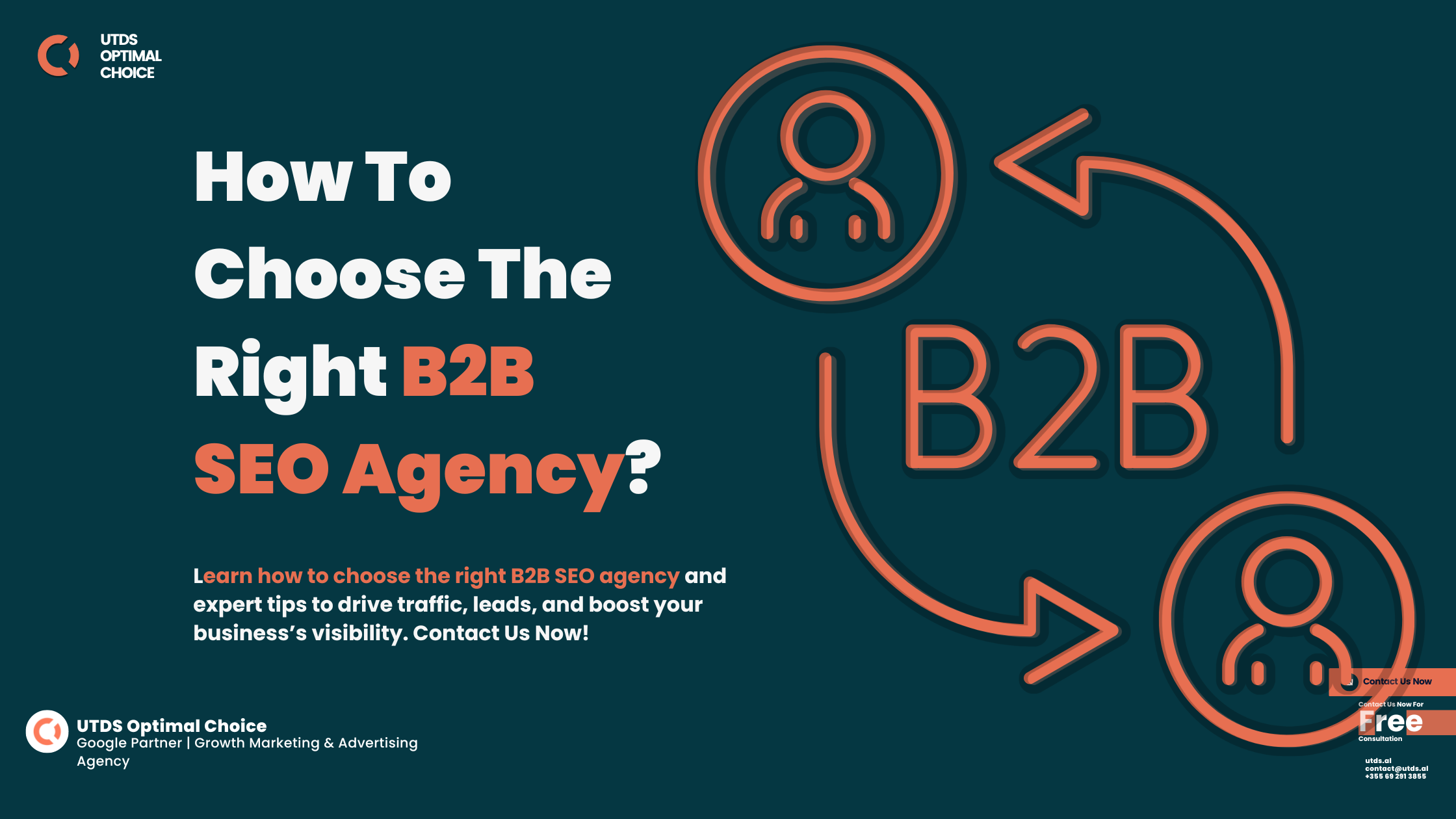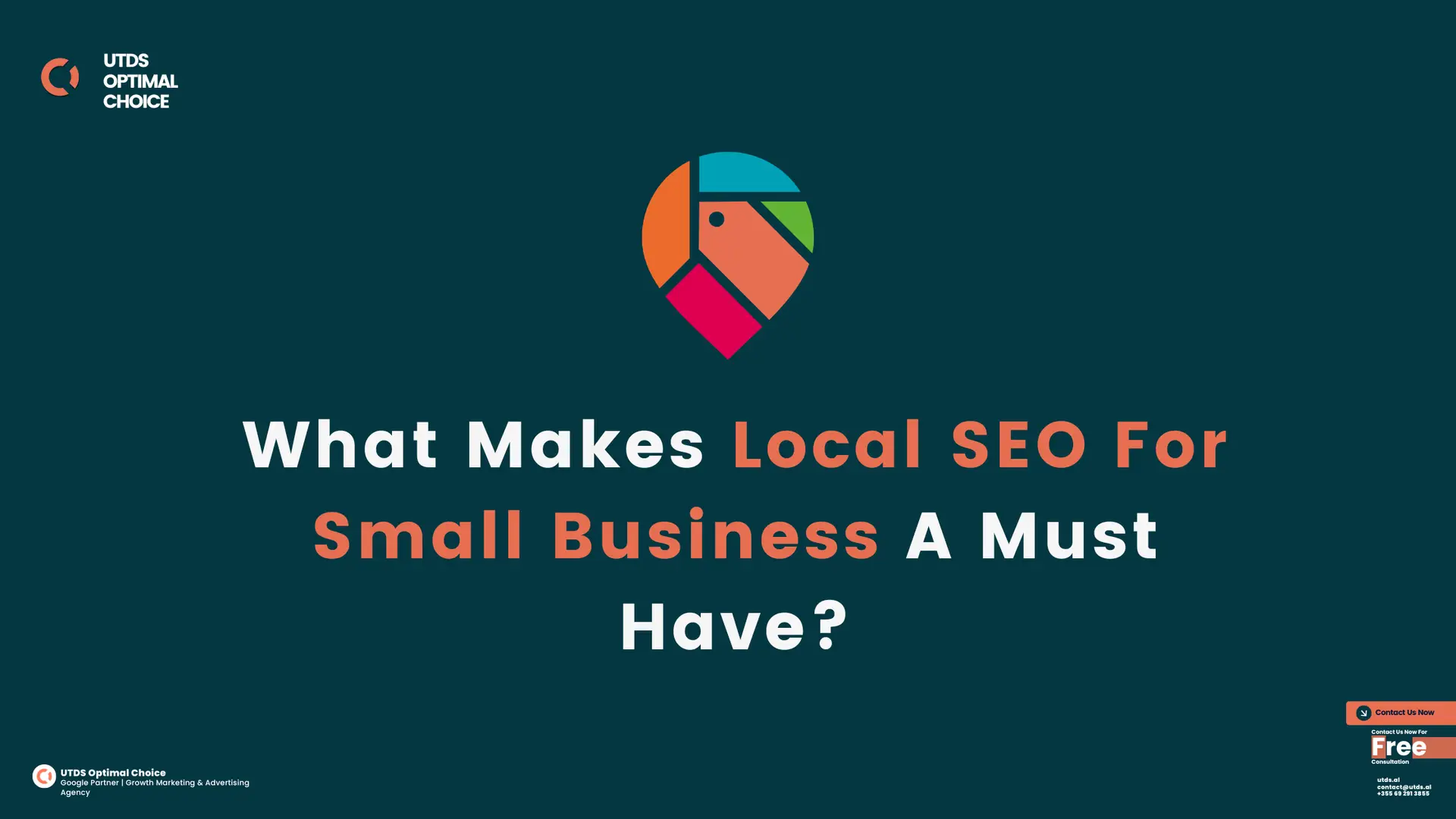Google E-E-A-T (Experience, Expertise, Authoritativeness, and Trustworthiness) has become a cornerstone of effective SEO strategies. This framework, outlined in Google’s Search Quality Rater Guidelines, helps ensure that content meets the highest standards of quality and relevance. Whether you’re a content creator, digital marketer, or business owner, understanding Google E-E-A-T is essential for building a trustworthy online presence.
In this article, we’ll explore what E-E-A-T means, its role in SEO, and actionable steps to optimise your website for higher rankings and improved traffic. From aligning your content with E-E-A-T guidelines to leveraging E-E-A-T optimisation strategies, you’ll learn how to improve your search engine rankings.
Want to stay ahead in SEO and adapt to Google’s latest E-E-A-T and algorithm updates? Partner with our experts to build trust, authority, and long-term growth. Contact us today for a tailored strategy!
What Is Google E-E-A-T?
Google E-E-A-T stands for Experience, Expertise, Authoritativeness, and Trustworthiness. These principles are part of Google’s commitment to providing users with reliable and relevant content. Each element plays a distinct role:
- Experience: Does the content reflect first-hand or practical knowledge about a topic?
- Expertise: Is the content created by someone with proven subject matter expertise?
- Authoritativeness: Is the author or website recognised as a credible source in its niche?
- Trustworthiness: Does the content instill confidence through accuracy, security, and transparency?
These components are especially critical for YMYL (Your Money or Your Life) content, which includes topics like health, finance, and legal advice. Google uses E-E-A-T ranking factors to evaluate whether a page offers value and meets the expectations of its audience. For example, British Journal Of General Practice, with doctor-reviewed articles and authoritative sources will rank higher than one lacking such credentials.
Google’s focus on SEO content trustworthiness has grown with recent Google algorithm updates, making E-E-A-T SEO a vital part of your strategy. By prioritising the E-E-A-T framework, businesses can create content that not only ranks well but also builds lasting trust with users.
What Is the Difference Between Google E-E-A-T and E-A-T?
In December 2022, Google expanded the existing E-A-T framework to include “Experience,” forming E-E-A-T. The shift underscores the growing importance of first-hand knowledge and authenticity in content creation.
Key Differences Between E-E-A-T and E-A-T
- Experience:
- E-A-T (Expertise, Authoritativeness, Trustworthiness): Focused solely on professional expertise and trust signals.
- E-E-A-T (Experience, Expertise, Authoritativeness, Trustworthiness): Adds an extra layer by emphasising first-hand or real-world experience.
- Example: A travel blog now ranks better if it includes first-hand experiences, such as personal accounts of visiting a destination, compared to generic overviews.
- Content Validation:
- E-A-T relied more on credentials and authority.
- E-E-A-T values experiential content, such as product reviews or practical guides, alongside expertise.
- Impact on Rankings:
- With E-E-A-T, Google considers how experience enhances credibility, making user-generated content (reviews, testimonials) more impactful in SEO content trustworthiness.
- With E-E-A-T, Google considers how experience enhances credibility, making user-generated content (reviews, testimonials) more impactful in SEO content trustworthiness.
Why Did Google Add “Experience”?
The addition of “Experience” aligns with evolving user expectations. People prefer content backed by real-world insights, especially in niches like product reviews, travel blogs, and hands-on tutorials. This change reinforces the importance of creating high quality content standards.
Google E-E-A-T: How It Impacts SEO And Your Rankings
Why Is Google E-E-A-T Important For SEO?
E-E-A-T SEO is more than just a buzzword, it’s a direct reflection of how Google evaluates content quality. By aligning with E-E-A-T guidelines, you can improve your website’s visibility and build credibility with your target audience. Here’s why Google E-E-A-T matters:
1. Enhanced Content Credibility
Google rewards sites that demonstrate SEO content credibility by showcasing expertise and trustworthiness. High-ranking content often provides detailed, well-researched information backed by reputable sources.
2. Stricter Standards for YMYL Content
For YMYL content, the stakes are even higher. Topics like healthcare, finance, and legal advice can directly impact users’ well-being, making high-quality content standards essential. A lack of authority or accuracy can lead to lower rankings or worse, removal from search results.
3. Influence of Google Algorithm Updates
Recent Google algorithm updates emphasise the importance of trust signals in SEO. Sites that fail to meet E-E-A-T ranking factors often experience drops in visibility, while those that prioritise these elements see consistent growth.
By focusing on E-E-A-T and content quality, businesses can create a competitive edge. This involves not only publishing expert-backed content but also improving technical SEO and user experience to align with the E-E-A-T framework.
How To Improve Google E-E-A-T On Your Website
To optimise your site for Google E-E-A-T, you need a multi-faceted approach. Here’s how to align with E-E-A-T optimisation strategies:
1. Build Trust Through Experience
Experience adds a layer of authenticity to your content. For example, a travel blog featuring personal accounts or a product review with hands-on testing demonstrates genuine insights.
Actionable Tips:
- Include case studies, user testimonials, or real-world examples.
- Highlight practical experience in content such as tutorials or guides.
- Add multimedia elements like photos and videos to showcase first-hand knowledge.
2. Showcase Expertise in Content Creation
Google values content written by experts. Whether you’re in healthcare, finance, or another industry, expertise is crucial for ranking well.
Actionable Tips:
- Publish content authored or reviewed by certified professionals.
- Include detailed author bios with credentials and links to reputable profiles.
- Regularly update outdated content to reflect the latest information.
3. Strengthen Authoritativeness in SEO
Authority is built through recognition and reputation. Sites that are frequently linked to or cited by credible sources have a higher chance of ranking well.
Actionable Tips:
- Earn high quality backlinks from trusted domains.
- Partner with industry leaders for collaborations or guest posts.
- Publish in-depth content that positions your site as a thought leader.
4. Prioritise Trust Signals in SEO
Trust is the foundation of E-E-A-T SEO. Users must feel confident in your site’s content and overall experience.
Actionable Tips:
- Use HTTPS to secure your website and protect user data.
- Display privacy policies, terms of service, and clear contact information.
- Include trust badges, customer reviews, and certifications.
Connection Between Google Algorithm Updates And E-E-A-T
Google’s commitment to high-quality, trustworthy content is reflected in its algorithm updates. Each update increasingly rewards sites that align with E-E-A-T SEO principles while penalising those lacking trust signals or offering low-quality content.
Key Google Algorithm Updates Related to E-E-A-T
- Medic Update (2018):
- Marked a significant shift toward prioritising YMYL content with high SEO content credibility.
- Sites with weak authoritativeness and expertise saw significant drops in rankings.
- December 2020 Core Update:
- Reinforced the importance of E-A-T and introduced stricter evaluations of content trustworthiness, especially for industries like finance and healthcare.
- December 2022 Update:
- Introduced “Experience” to create Google E-E-A-T, reflecting the importance of first-hand content alongside professional expertise.
- Helpful Content Update (2023):
- Focused on rewarding content written for users rather than search engines, a principle directly tied to E-E-A-T and content quality.
How Google Algorithm Updates Enhance E-E-A-T SEO
These updates ensure that Google E-E-A-T ranking factors are increasingly central to SEO. Sites adhering to E-E-A-T guidelines often enjoy better rankings and visibility. For instance:
- YMYL content must demonstrate expertise in content creation and experience in content marketing to rank well.
- Sites lacking trust signals in SEO, such as secure HTTPS protocols or clear author attribution, may be penalised.
Optimising for Algorithm Changes
To align with evolving algorithms:
- Publish content showcasing both professional expertise and first-hand experience.
- Regularly audit and update content to meet the latest E-E-A-T best practices.
- Focus on technical SEO elements like page speed, HTTPS, and structured data to reinforce trustworthiness.
E-E-A-T And Content Quality: A Closer Look
Content quality is the heart of E-E-A-T SEO. By following E-E-A-T guidelines, you can create content that resonates with both users and search engines.
Key Elements of High-Quality Content
- Relevance: Ensure content aligns with user intent.
- Depth: Provide in-depth coverage of topics, supported by credible sources.
- Readability: Use clear formatting with headers, bullet points, and visuals.
How to Align Content with the E-E-A-T Framework
- Keyword Optimisation: For Example; Use keywords like “Google E-E-A-T” and “E-E-A-T best practices” naturally throughout your content.
- Visual Enhancements: Add infographics and images to break down complex topics.
- Internal Linking: Connect related articles to improve site navigation and user experience.
By focusing on E-E-A-T and content quality, you’ll not only rank higher but also build long-term trust with your audience.
How Can We Help You?
At UTDS Optimal Choice, we specialise in optimising your website to align with Google E-E-A-T guidelines, helping you achieve higher rankings, increased traffic, and long-term success in search engine results. Whether you’re a small business, a content creator, or an enterprise in a competitive niche, we provide tailored strategies to enhance your E-E-A-T SEO.
Our Services to Improve Your E-E-A-T
- SEO Optimisation
- We craft high-quality, engaging landing page content that demonstrates experience, showcases expertise, and builds trustworthiness.
- Our team includes professional writers, editors, and industry experts to ensure your content meets high-quality content standards.
- Author and Business Credibility Enhancement
- We help you build detailed author profiles with credentials to showcase expertise in content creation.
- For businesses, we establish authority through partnerships, collaborations, and citation strategies.
- Technical SEO Improvements
- From implementing HTTPS for security to improving site speed, we ensure your website is technically optimised to build trust and meet E-E-A-T ranking factors.
- We also integrate structured data to enhance SEO content credibility.
- Backlink Building and Authority Boosting
- Our outreach team secures high-quality backlinks from reputable websites to strengthen your authoritativeness in SEO.
- We target niche-specific and authoritative platforms to maximise impact.
- YMYL Content Strategy
- If you operate in industries like healthcare, finance, or law, we create strategies tailored to meet the strict standards of YMYL content.
- We prioritise accuracy, transparency, and professional expertise to ensure compliance with Google’s Search Quality Rater Guidelines.
- Google Algorithm Updates Monitoring
- We stay updated on the latest Google algorithm updates and adjust your SEO strategy to maintain compliance and maximise performance.
Why Choose Us?
- Proven Expertise: Our team has a track record of improving E-E-A-T in SEO strategy for clients across various industries.
- Custom Solutions: We provide personalised strategies tailored to your unique business goals.
- Full Transparency: From regular reports to measurable results, we ensure you stay informed every step of the way.
- End-to-End Support: Whether you need content creation, technical optimisation, or backlink building, we provide comprehensive support.
Why Should You Embrace Google E-E-A-T For SEO Success
Google E-E-A-T is a game-changer for businesses aiming to improve their online presence. By focusing on E-E-A-T SEO, you can create content that meets user expectations and aligns with Google’s ever-evolving algorithms. Whether you’re publishing YMYL content or general articles, adhering to E-E-A-T best practices will set you apart.
Ready to enhance your site’s trust, authority, and credibility? Start implementing E-E-A-T guidelines today and watch your rankings soar! Contact us now for free consultation.
FAQs About Google E-E-A-T
What Is Google E-E-A-T?
Google E-E-A-T refers to Experience, Expertise, Authoritativeness, and Trustworthiness, a framework used to evaluate content quality. It is particularly crucial for YMYL content, such as financial advice or medical information.
How Does E-E-A-T Impact Rankings?
Although not a direct ranking factor, E-E-A-T ranking factors influence Google’s perception of your site’s value. Higher SEO content trustworthiness and authority often lead to better rankings.
Can Small Businesses Compete with E-E-A-T?
Yes! Small businesses can improve their E-E-A-T optimisation by highlighting local expertise, showcasing customer reviews, and collaborating with industry experts.










